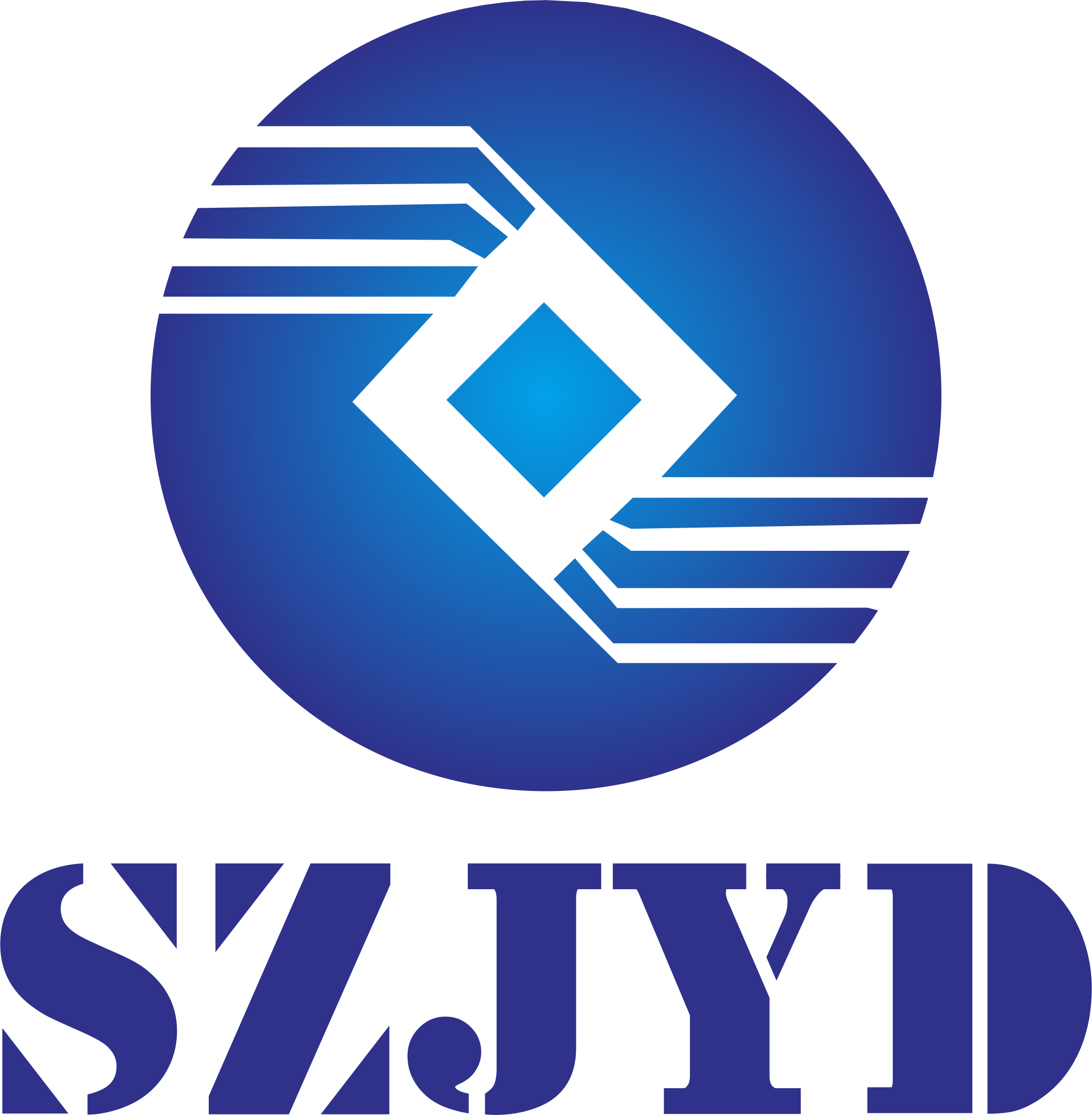A.Products Function and characteristics (high decibel sound alarm lights)
1. Alarm function.
2.Easy to use, can work continuously for a long time.
3. Need integrated chip design, electromagnetic anti-interference performance.
4. The flash core is made of single chip microcomputer, the flash frenquency can be customized according to customer requirements.
5. A variety of combination configuration, easy to operate.
6.Warning lights shell is made of aluminum alloy die-casting, can resist salt spray corrosion structure, the design has good waterproof, moisture-proof, seismic function.
B.Installation, commissioning and use method
1.Should check the power supply and the rated voltage of the sound and light alarm is consistent.
2. The sound and light alarm is fixed with 4pcs M6 screws and the mounting surface should be flat and have sufficient mechanical strength.
3. Connect the power cable and control cable from the stuffing box, and correctly connect the power supply and control cable according to the terminal definition on the label.
4.Check the power cord and other control lines are connected correctly before starting the power supply.
5.Rotary volume adjustment potentiometer can be volume adjustment operation.

C.Setting the installation requirements
1.Fire sound and light alarms should be set at the exit of each fire protection zone, and their location should be located near the stairway exit of each floor.
2. There are multiple alarm areas of the protection of the object, should with a voice prompt fire alarm, the voice should be synchronized.
3. When multiple fire sound alarms are set in the same building, the fire sound alarm should be able to start and stop the work at the same time.
D.Matters need attention
Once the sound-optic alarm is installed in a fixed position, its position is not easy to change, and the following points should be considered when installed the sound alarm lights.
1.Find out what possible leakage points of the device to be monitored, analyze their leakage pressure, direction and other factors, and draw a probe location distribution map, according to the severity of the leak is divided into I, II, III three installation category.
2. Determine the toxic leakage direction when a large amount of leakage occurs according to the airflow direction and wind direction of the place.
3. According to the density of the leaking gas (greater than or less than air), combined with the air flow trend, the three-dimensional flow trend diagram of the leakage is synthesized, and the initial installation plan is made in the downstream position of its flow.
1. Demand analysis
The production process of iron and steel metallurgy involves high temperature, high pressure, toxic and harmful gases and complex mechanical operation, and there are major safety risks such as fire, explosion, poisoning and mechanical injury. Therefore, it is necessary to install a variety of safety alarms to achieve real-time monitoring and early warning of various dangerous conditions to ensure the safety of personnel and the smooth progress of production.
2.Alarm type selection and installation layout
2.1. Fire alarm: Use high temperature resistant, anti-interference smoke alarm and flame detector. In flammable areas such as raw material stacking area, steel rolling workshop, and power distribution room, a smoke alarm is installed every 50-100 square meters, and the flame detector is installed in the height near the key parts such as the heating furnace and electrical control cabinet to ensure that the flame signal can be detected in time.
2.2 Toxic and harmful gas alarm: for carbon monoxide, sulfur dioxide and other gases produced in the process of iron and steel metallurgy, equipped with the corresponding gas sensor. In sintering, ironmaking, steelmaking and other links of the vent, near the operation post installation, according to the specific gravity of the gas to determine the installation height, generally carbon monoxide alarm from the ground 0.3-0.6 meters, sulfur dioxide alarm can be installed at 1.5-2 meters from the ground, to ensure the effective monitoring of personnel breathing area.
2.3 Pressure alarm: used to monitor pressure equipment such as steam pipes and high pressure vessels. Install pressure sensors at the pressure interface of steam boilers, oxygen cylinders, hydraulic systems and other equipment, set high and low pressure warning values, and timely alarm when overpressure or underpressure, so as to ensure the normal operation of equipment and personnel safety.
3.Alarm system integration and linkage control
All kinds of alarms are connected to a unified security monitoring system platform to achieve centralized management and monitoring. When an alarm triggers the alarm signal, the system automatically locks the alarm position, displays the alarm information in the monitoring center, and notifies the field staff through the sound and light alarm. At the same time, with the ventilation system, fire system, equipment shutdown system to achieve linkage control. For example, when the fire alarm, automatically start the fire sprinkler system and cut off the power supply in the relevant area; When toxic and harmful gases exceed the standard, strengthen ventilation and prompt personnel to evacuate.
4.Maintenance and management
Establish a regular inspection system, check the appearance of the alarm every week, and carry out functional testing and calibration every month to ensure that the alarm is in good running condition. Conduct comprehensive inspection and maintenance on the lines, interfaces and hosts of the alarm system every quarter, and timely replace the aging and damaged equipment and components. Conduct alarm system operation and emergency handling training for staff, so that they are familiar with the meaning of alarm signals, processing processes, and improve emergency response ability.






